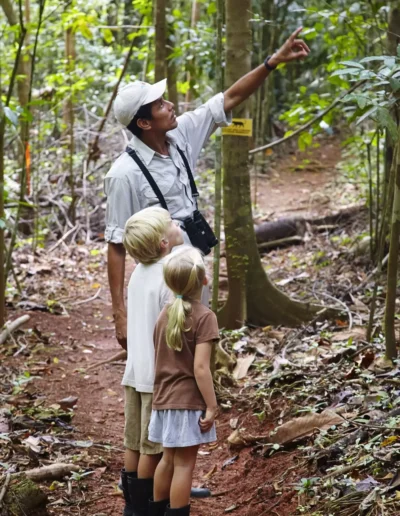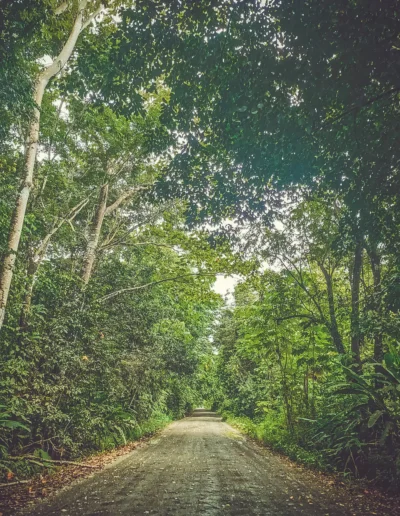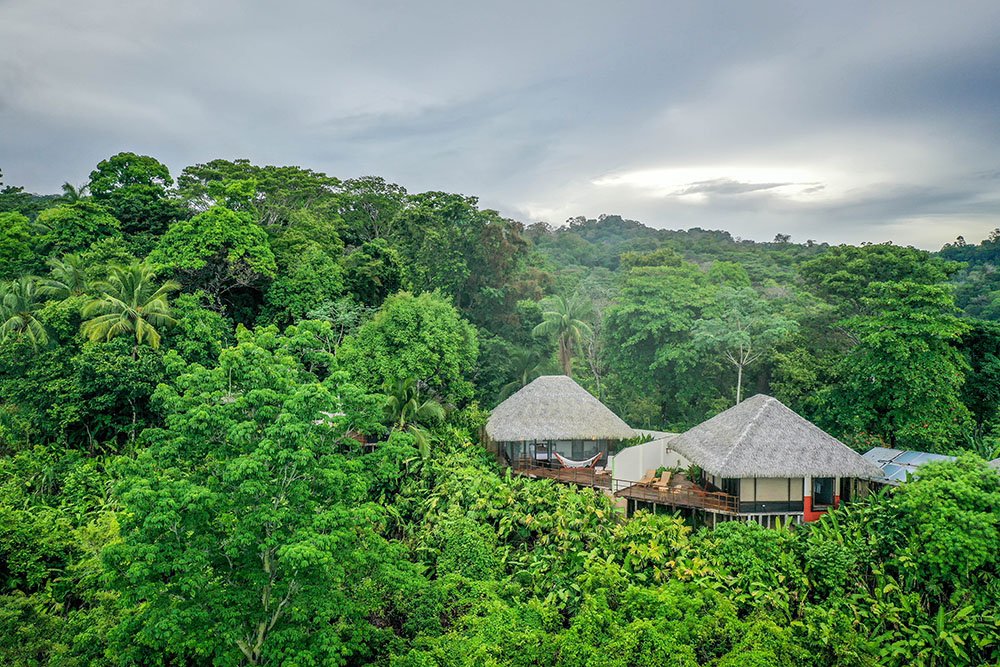HOTELS
ACTIVITIES
WEATHER
GETTING THERE
COMBINE WITH
ALBUMS & STORIES
Osa Peninsula
Curving out from the south Pacific coast like a crab claw, the Osa Peninsula is the site of Costa Rica’s most prized national park: Parque Nacional Corcovado. Named “the most biologically-intense place on earth” by National Geographic, over half of all species living in Costa Rica can be found here.
Residents include:
- Harpy Eagles
- Baird’s Tapirs
- Jaguars
- Two-toed and Three-toed Sloths
- Scarlet Macaws
- All four Costa Rican monkey species
Corcovado’s 105,000 acres contain at least eight biomes, including the largest primary forest in the American Pacific and one of the world’s last remaining lowland tropical rainforests. Registered visitors can hike either an inland trail or a coastal track. These routes are best seen with the aid of a naturalist guide.
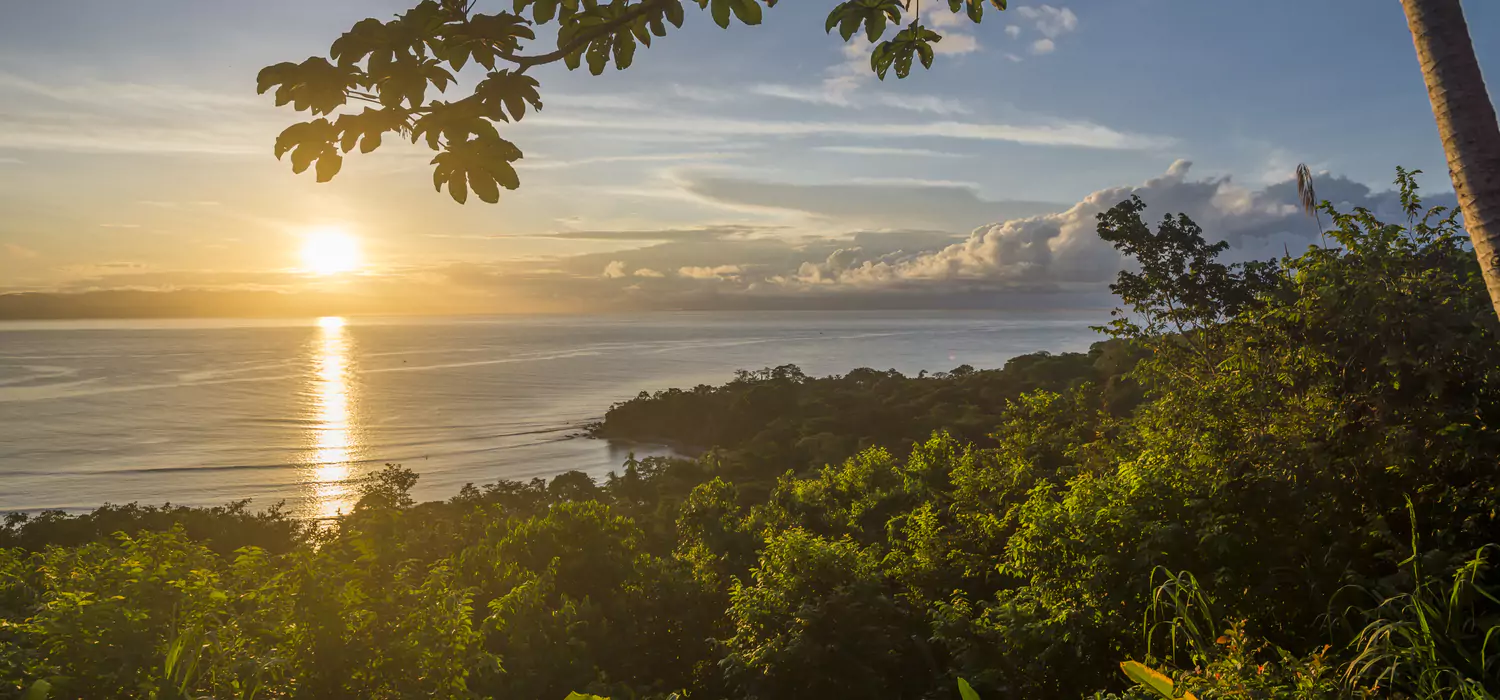
Osa is a rainforest region; rain is to be expected.
The best time to visit is between January and April, when rains are less frequent, and roads are in better condition.
Our Favorite Hotels
What to do in the Osa Peninsula
Guests to the Osa Peninsula can enjoy a menu of guided cultural and adventure excursions. Birdwatching tours and guided nature walks to Corcovado National Park are within the most popular. Outside the park, both sides of the peninsula offer visitors the opportunity to see whales, dolphins, sea turtles, scarlet macaws, and monkeys. Sport fishing (catch and release) and surfing are also possible.
Yacht Charters, snorkeling, and diving to the nearby Isla del Caño are also possible.
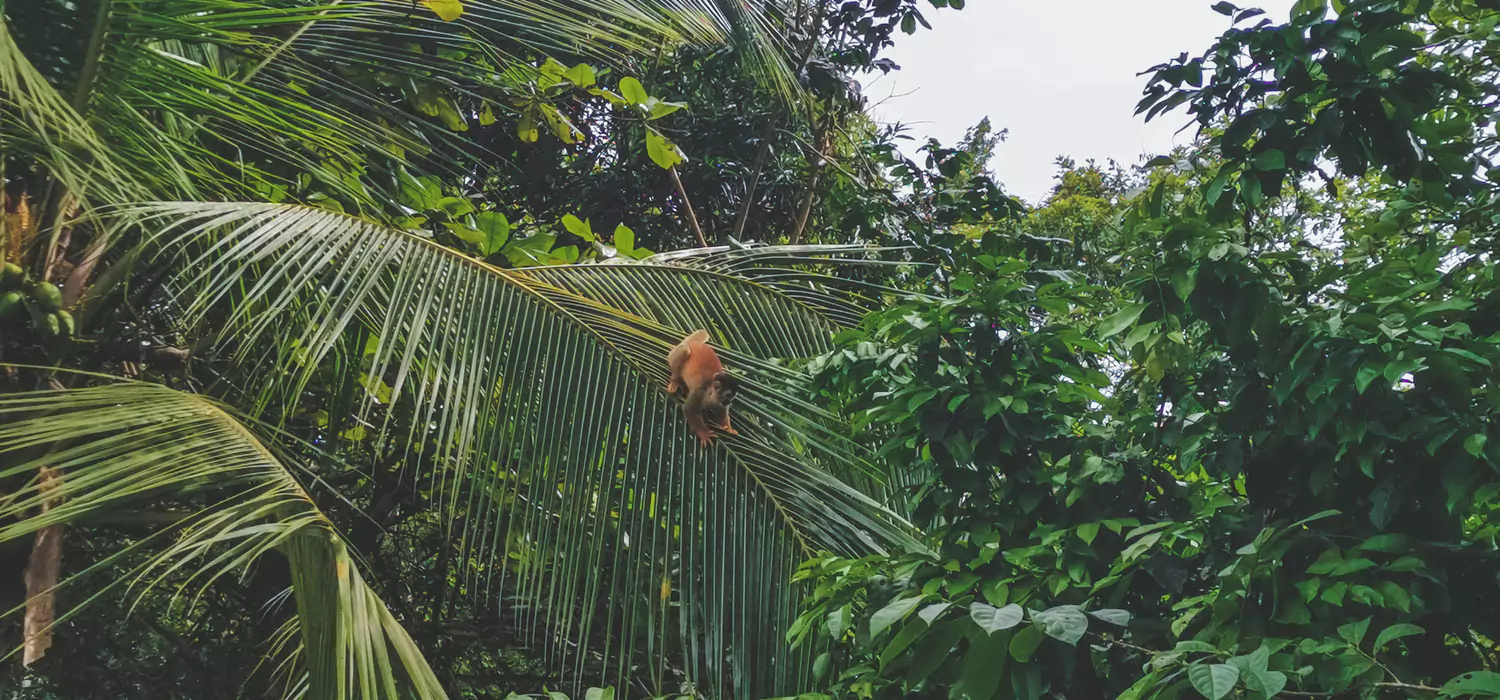
What is the Weather Like?
Costa Rica is located in the tropics and close to the equator and is considered a rainforest country with warm temperatures being characteristic throughout the year. There are two well-defined seasons:
Dry Season: December – April
Green Season: May – November
Osa is a rainforest region; rain is to be expected year-round. The rain, especially on the Pacific coast, typically occurs during the afternoon or evening and is “warm”. You’ll experience a short mid-year mini Dry Season towards the end of July and the beginning of August when rainfall decreases significantly for 3-4 weeks. The rainiest months are September and October, especially in the South Pacific region. The best time to visit is between January and April, when rains are less frequent, and roads are in better condition. From July to November, many of parts of Corcovado are closed on account of flooding.
Over the course of the year, the temperature typically varies from 75°F to 85°F.
These averages are changing, please check extended weather forecasts using your favorite weather app prior to departure.
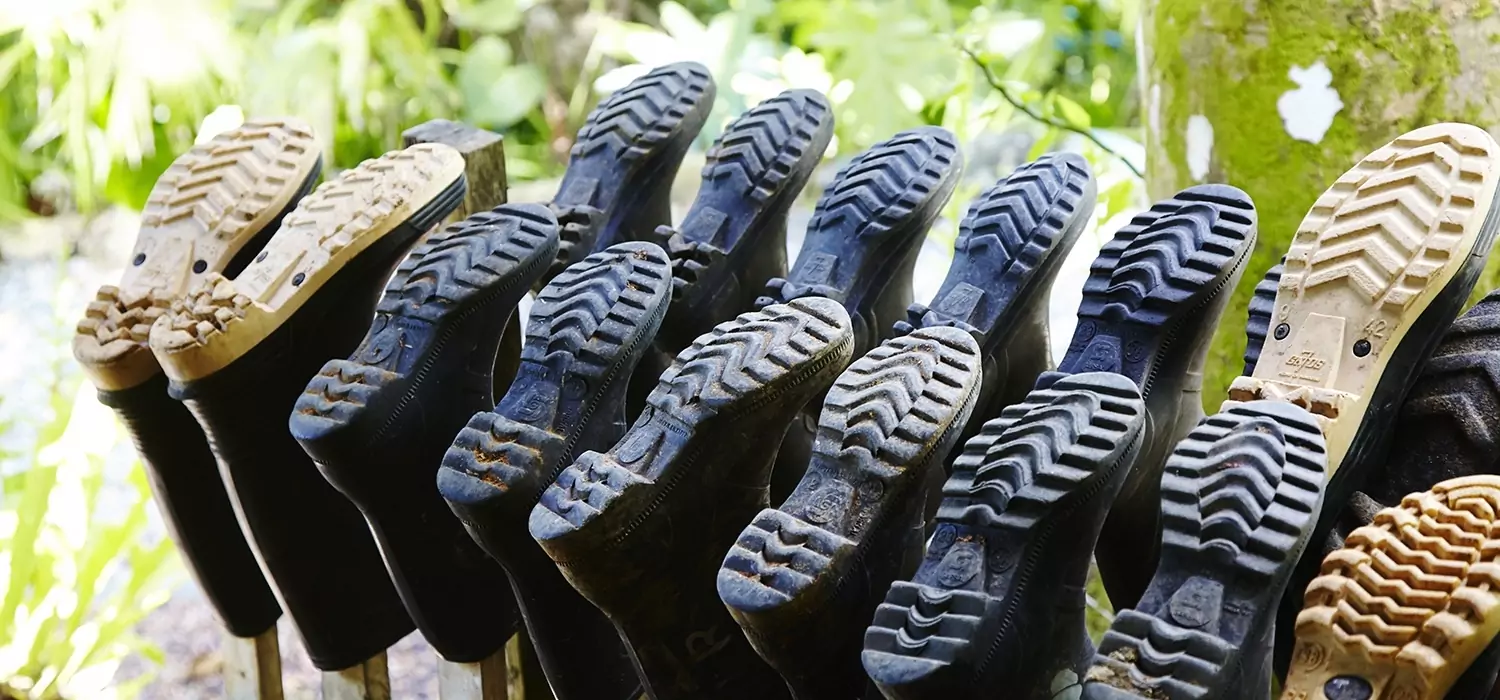
Getting There
Travel to the Osa is easiest by air; airfields in Puerto Jimenez and Drake Bay receive regional flights from San Jose. LANDED can cut travel time with other Costa Rican destinations with private charter flights.
For domestic flights within Costa Rica, you will most likely be traveling on a small aircraft which imposes weight restrictions on luggage, typically 25 pounds per person.
Start your journey today
LANDED delivers the finest in custom, private travel to Central America, South America, and Antarctica. These regions are our passion; we know them first-hand and by heart. Speak with one of our travel designers and let us create a tailored itinerary for you in the Osa Peninsula.
How to combine the Osa Peninsula
Have some extra time? Here are some options for you to combine with

Arenal Volcano
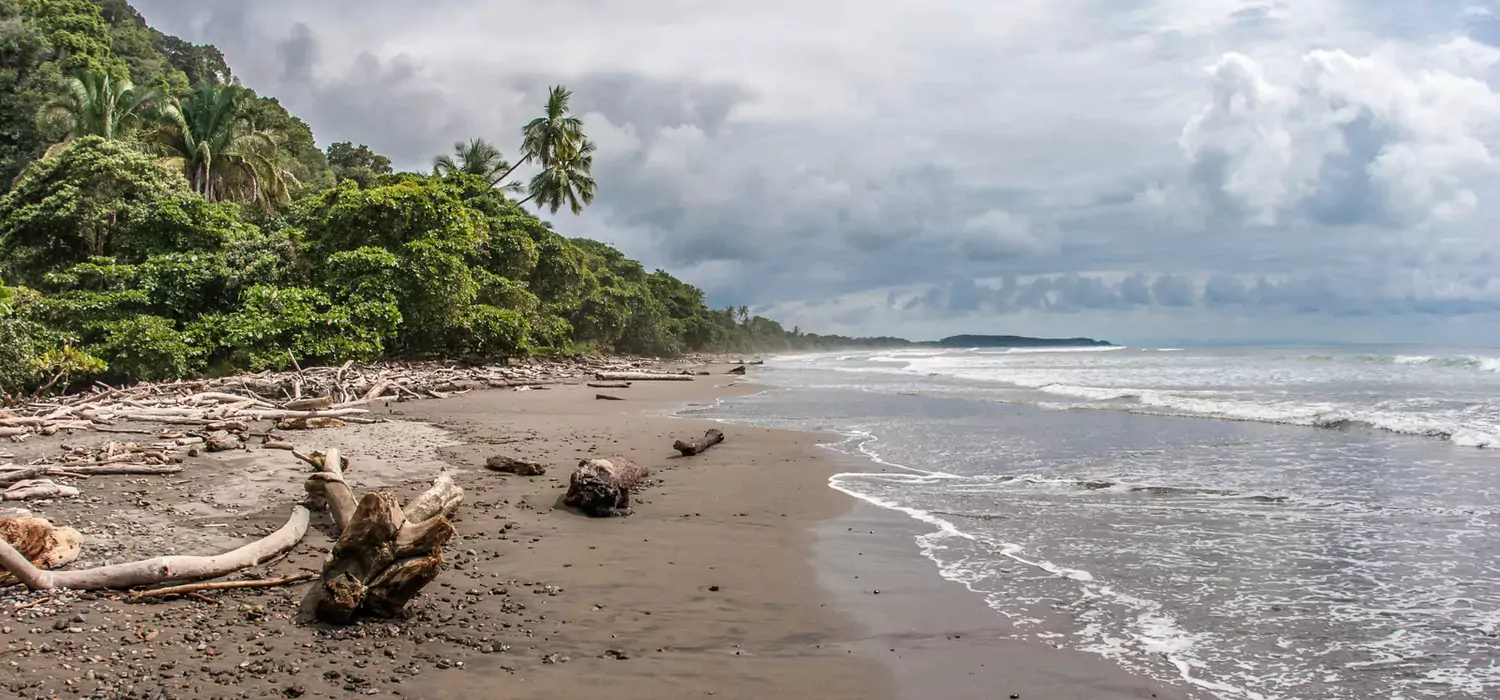
Dominical & Uvita
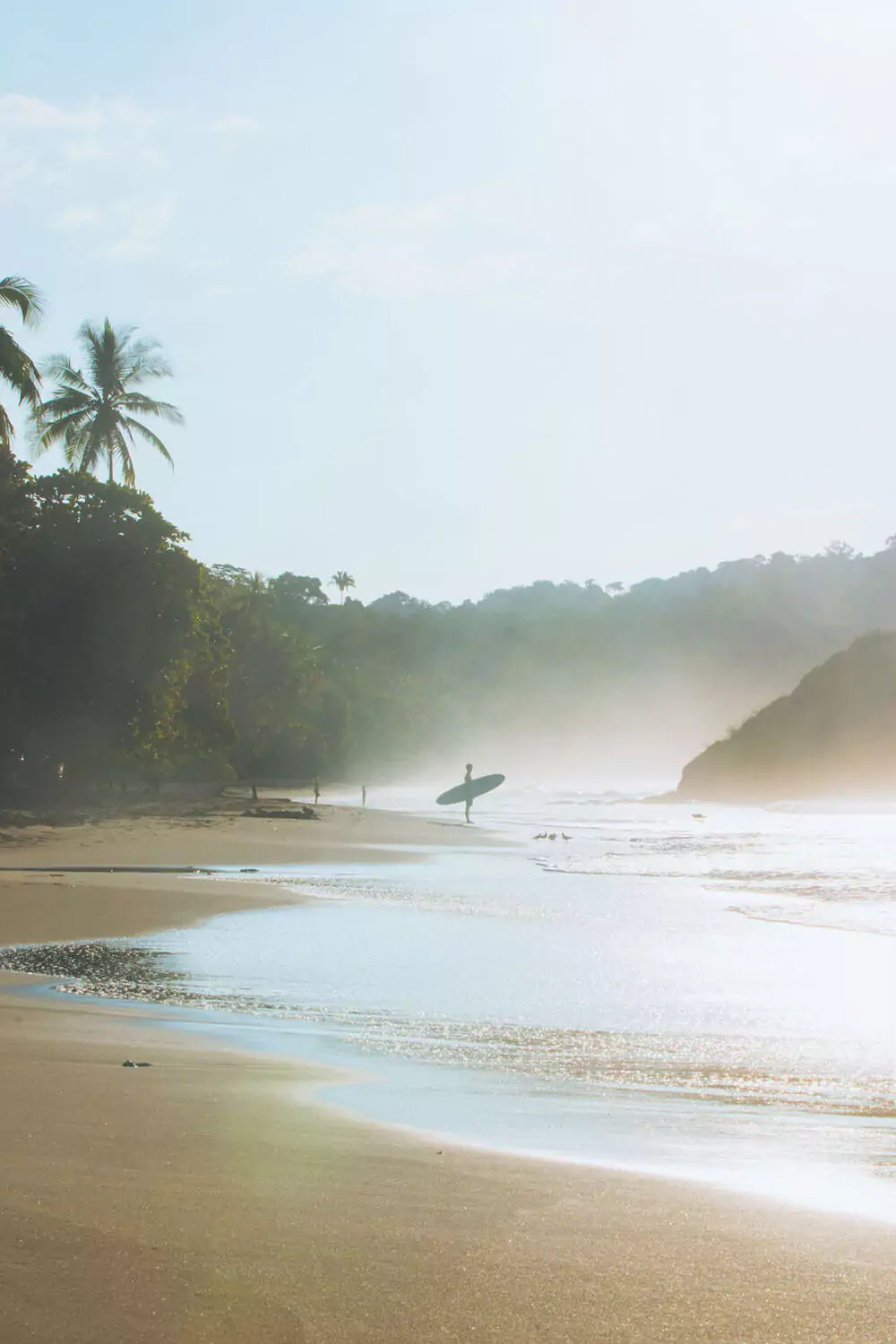
Manuel Antonio

Monteverde Cloud Forest
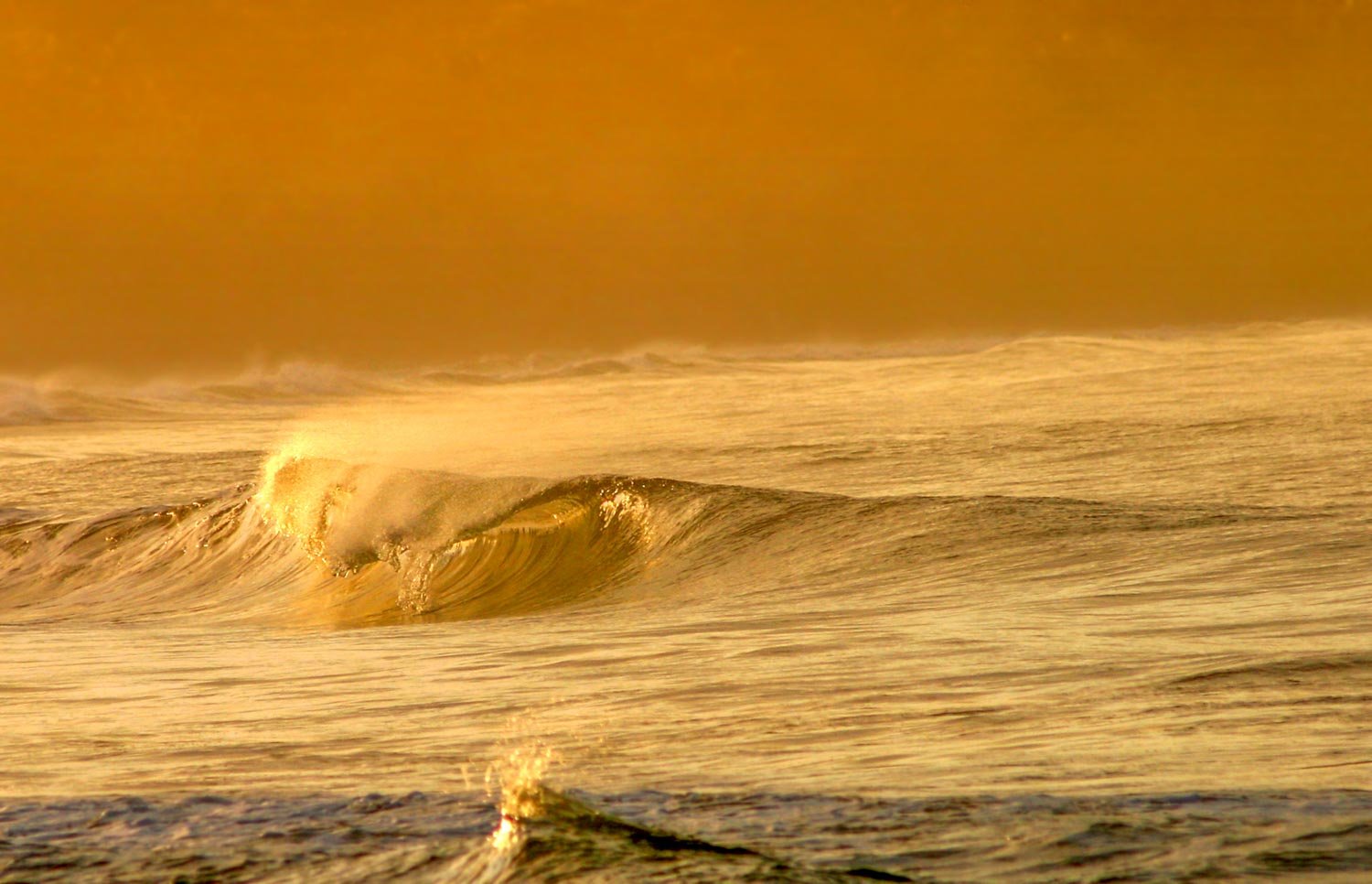
Northern Nicoya

Northern Volcanoes
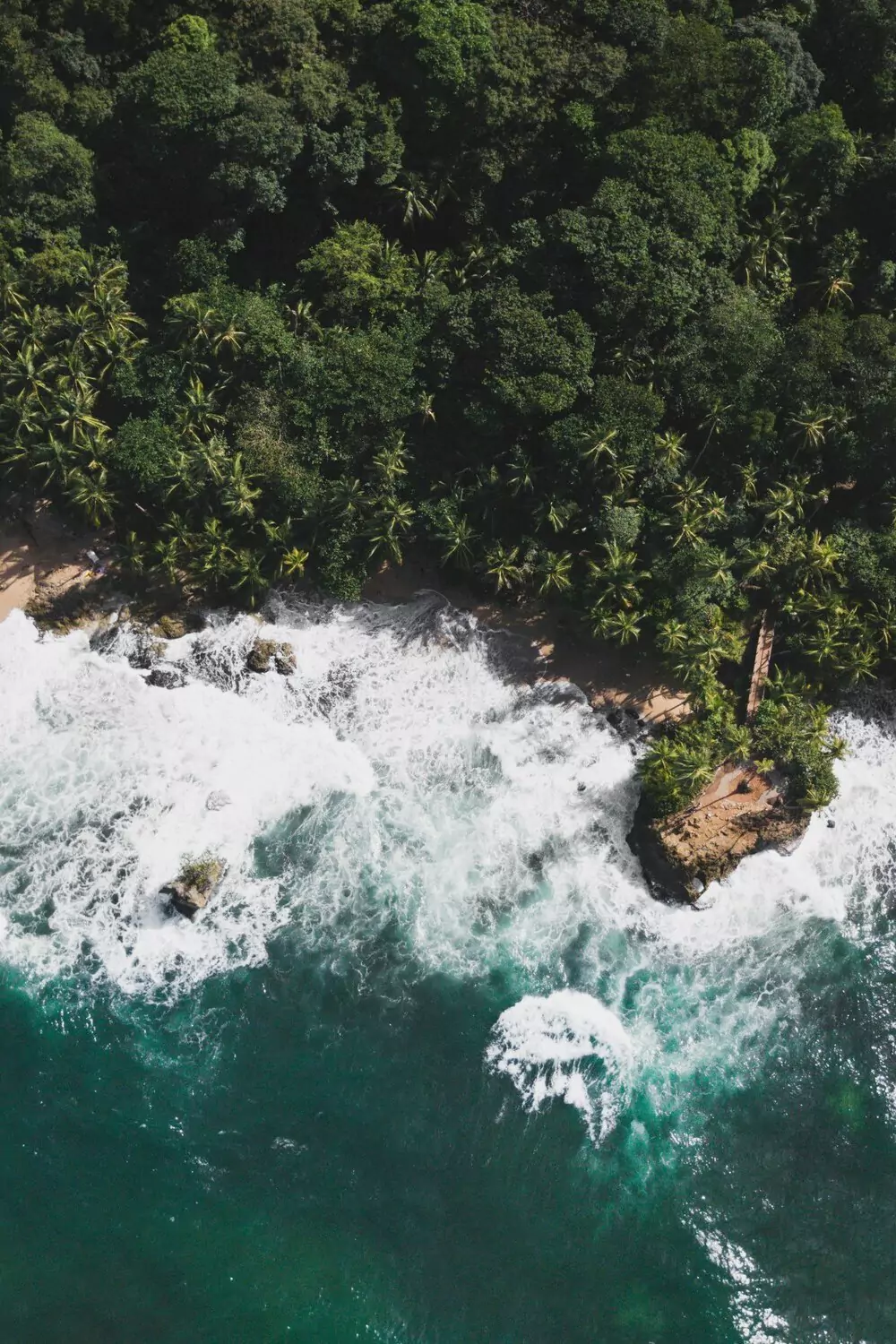
South Caribbean


